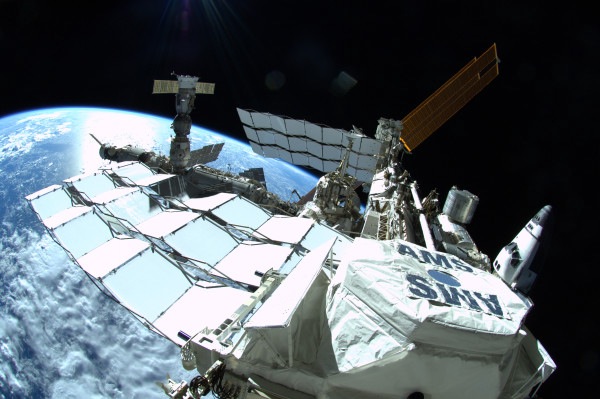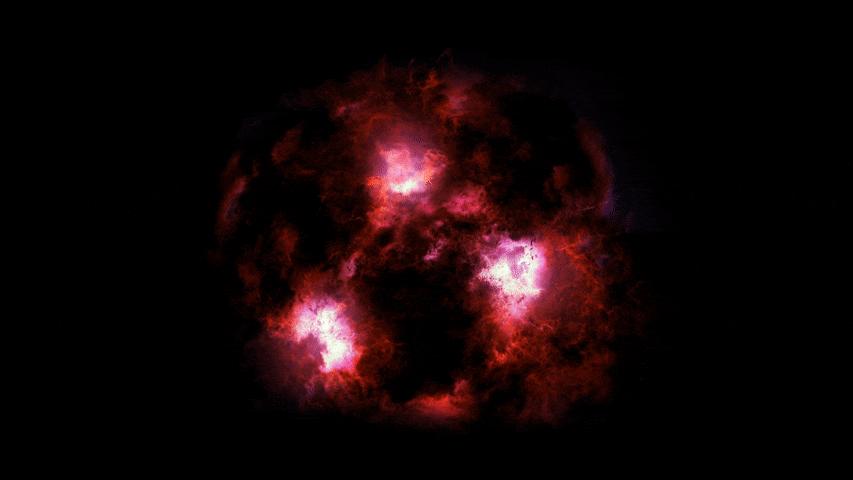When you purchase through links on our site , we may earn an affiliate delegation . Here ’s how it turn .
Swooping out of the dark beyond Orion ’s correct hip , a gargantuan squash racquet of rubble and gas spreads its phantasmal backstage through the cosmos .
This great beast 2,000 light - years by from Earth — actually a nebula called NGC 1788 , nickname the " Cosmic Bat " — is barely visible with the naked optic , but wasrecently imagedin arresting detail by astronomers from the European Southern Observatory ( ESO ) . [ 15 Unforgettable Images of Stars ]

European Southern Observatory astronomers released a stunning new image of the ‘Cosmic Bat’ nebula swooping around near Orion’s hips.
The Cosmic Bat is areflection nebula , meaning it glows " like fog around a street lamp , " asNASA puts it , by scattering the light from small , baby stars buried deep within the nebula ’s dust . These stars are remember to be very unseasoned — only about 1 million years old , leading newborn compared to our own4.6 - billion - year - honest-to-god sun .
In the arc of the bat ’s annexe , astronomers believe that they can read the abbreviated history of these young star . The oldest ones of the lot are positioned toward the left over side of the nebula , closer to themassive stars of the Orion constellationproper , while the young stars gather at the right . ESO scientists think that this signify the nebula was organise by a gale ofstellar windsreleased over millions of years by the big , blistering star of Orion .
This new image of the Bat was put out to immortalize the 20th natal day ofFORS2 , a various imaging legal document mount up on the ESO ’s Very Large Telescope . The instrument has helped astronomers uncover some of the most stunning and bizarre landmark in our cosmic neighborhood , including a screech portrait of the"Skull and Crossbones " nebula .

skittish space gemstone like these are just one more reasonableness thatnature is all metal .
Originally bring out onLive Science .

















